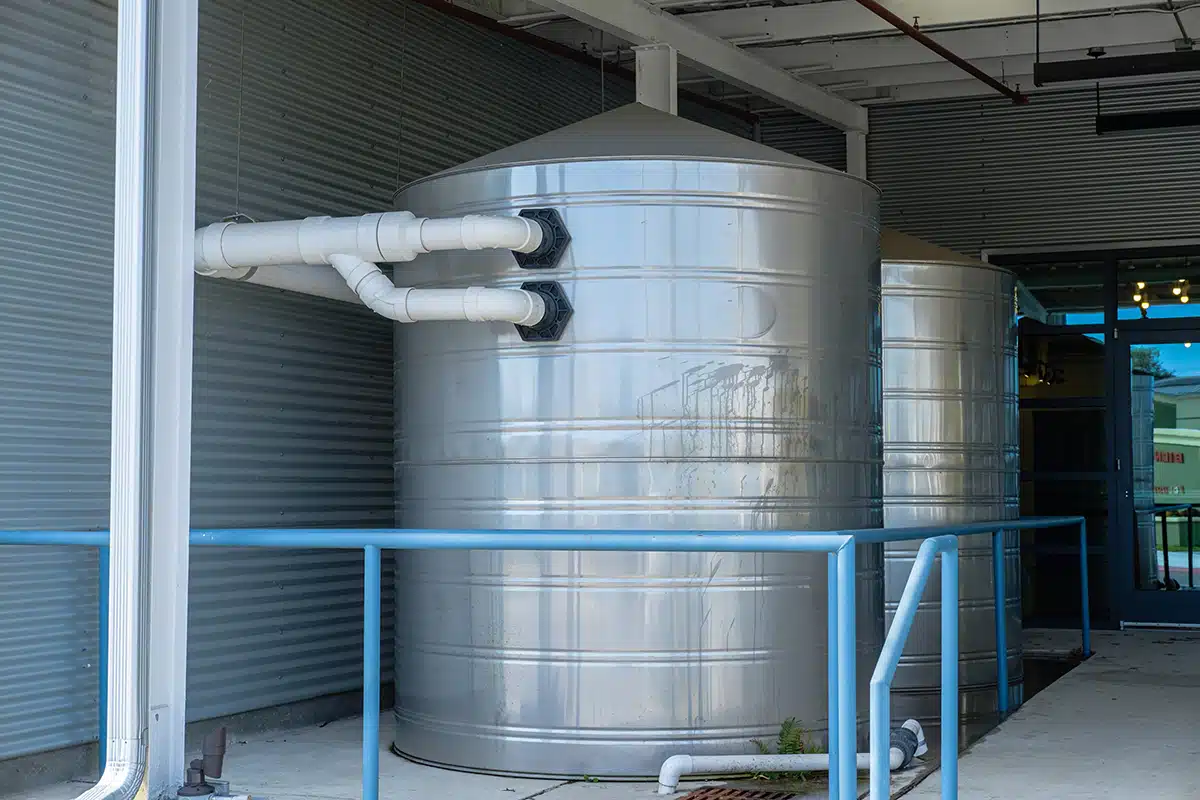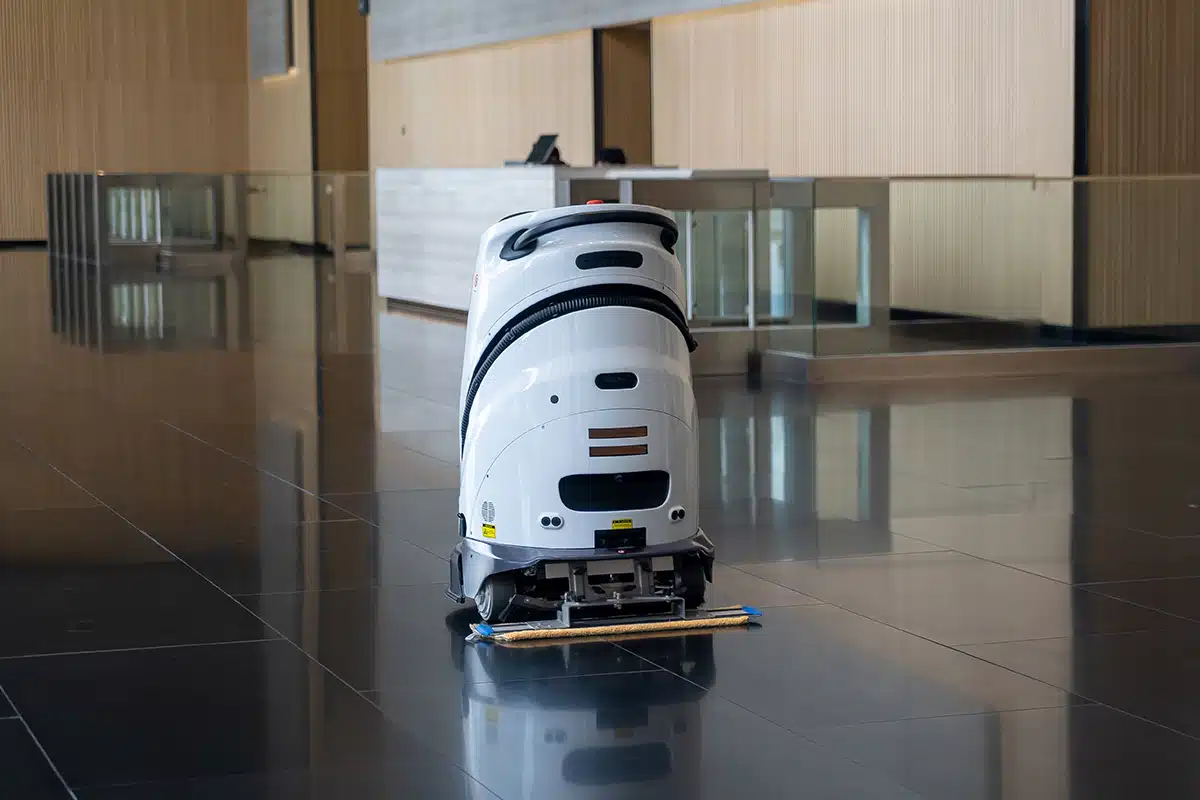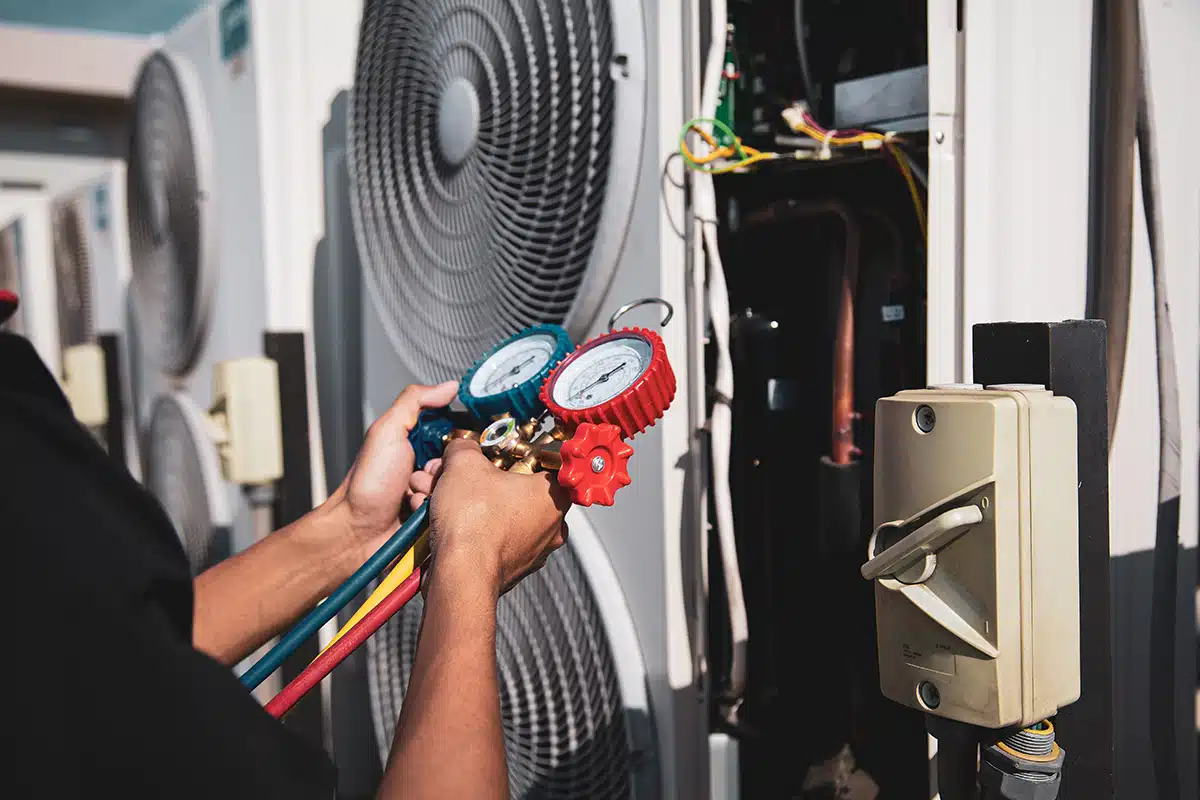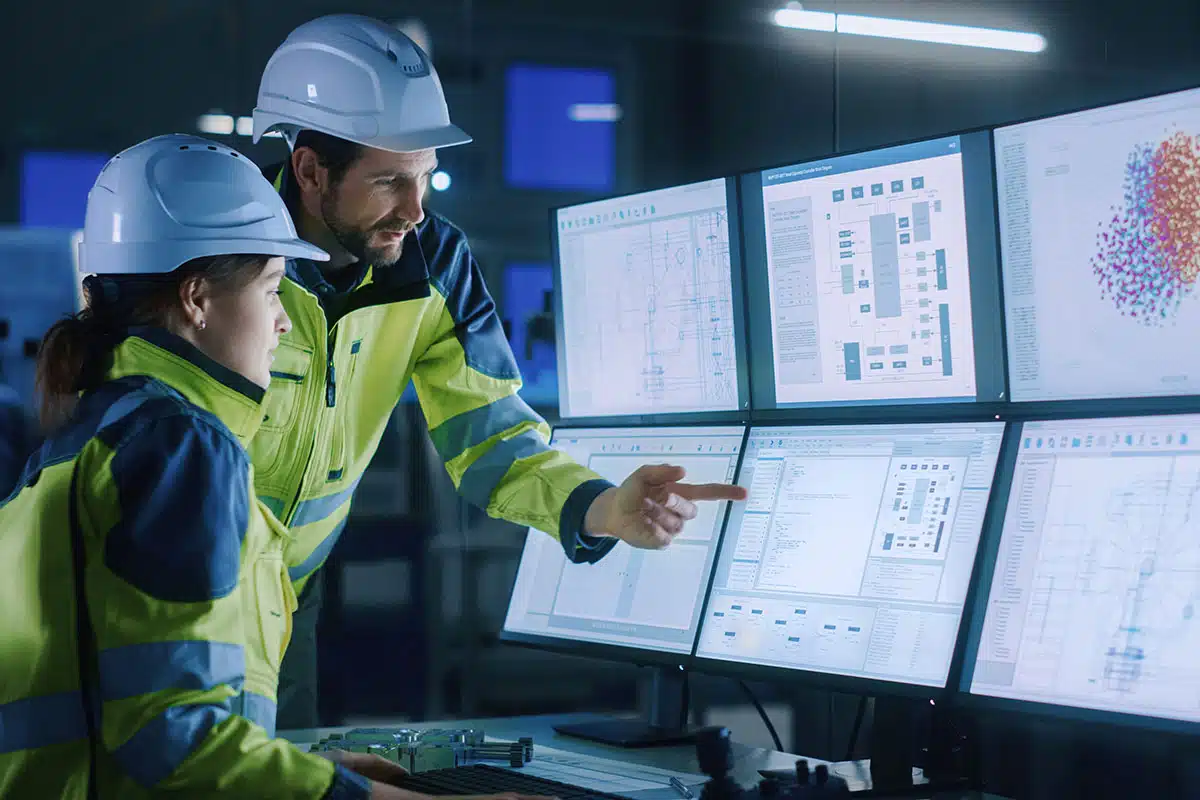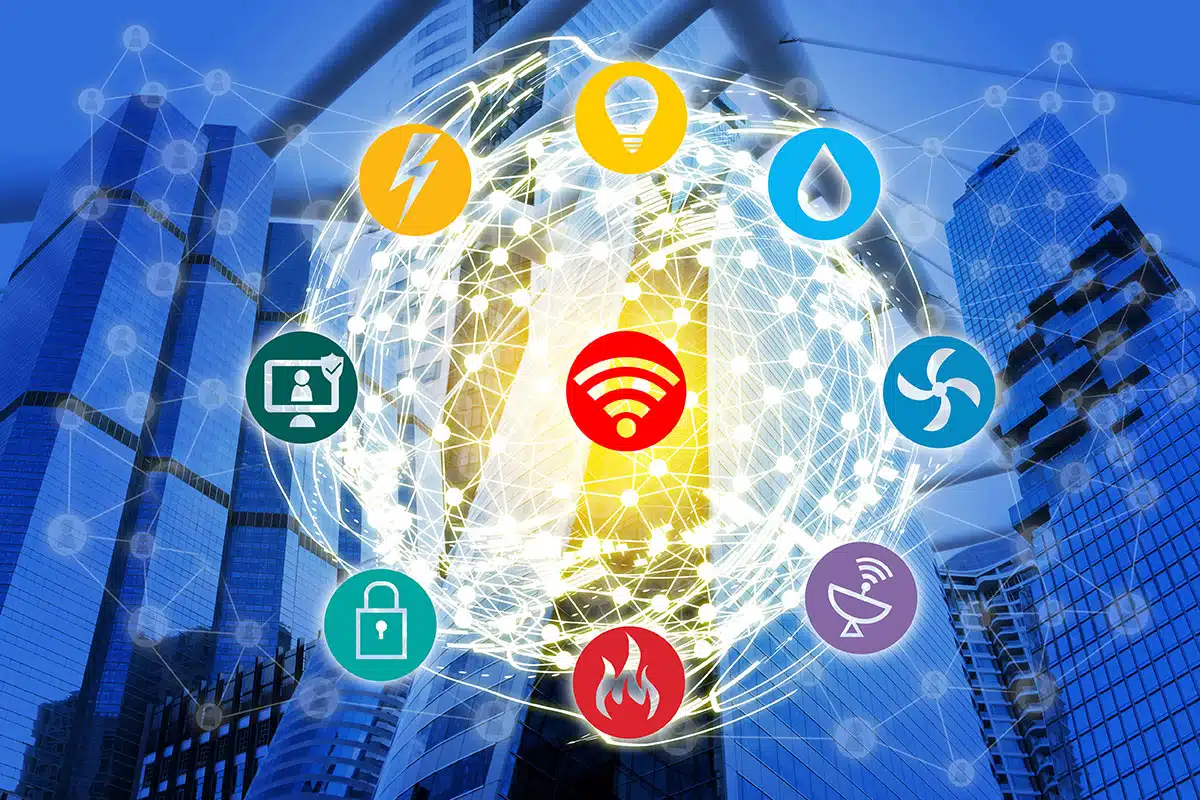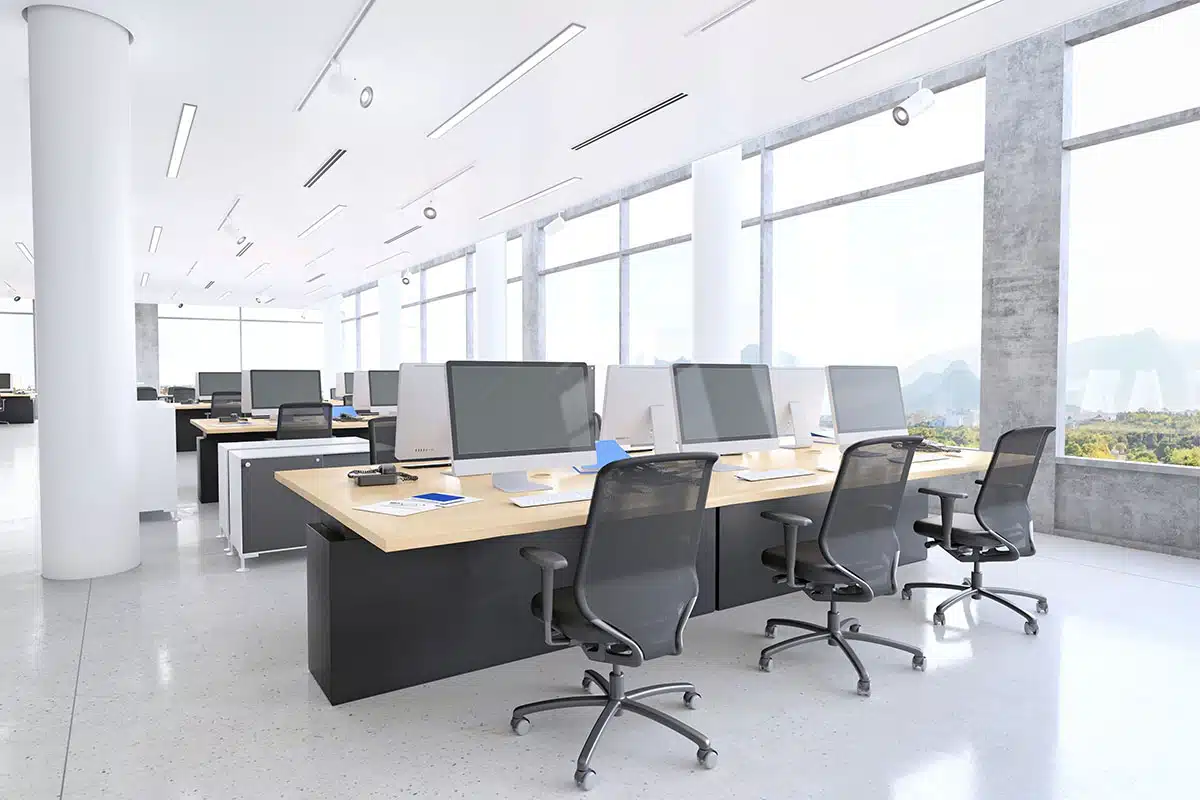Technology is transforming every aspect of building management, and HVAC systems are no exception. Modern HVAC technology not only improves energy efficiency but also enhances comfort, air quality, and sustainability—all critical factors for today’s facilities managers.
Modern HVAC systems are far more energy-efficient than older models. In fact, the National Institute of Building Sciences reports that the use of high-performance HVAC technology can result in energy and cost savings of between 10 and 40 percent. In addition, buildings equipped with technologies that provide dehumidified air in the summer can see savings of between 40 and 70 percent.
The U.S. Department of Energy notes that besides cost savings, there are numerous other benefits from new HVAC technology, including improved occupant comfort, better indoor air quality (IAQ), and lower equipment noise and vibration—benefits that, according to the DOE, are as important to end users as energy savings. New zero- or low-global-warming-potential (GWP) refrigerants, for example, emit few greenhouse gases, making it easier for companies to reach their net-zero goals.
A typical HVAC system accounts for about 40 percent of a commercial building’s energy consumption. Several new technologies are designed to lower that number.
Today, facilities managers can choose from a wide range of technologies to create an HVAC system that best suits their particular circumstances and goals. Here are five important benefits that today’s HVAC technology can provide.
Real-Time Management of HVAC Systems
Until recently, most facilities managers used occupant complaints as a guide for HVAC system settings, which often meant that settings were adjusted once for a specific time of day or a season and left alone for years. Today, thanks to artificial intelligence, facilities managers can monitor and control the HVAC system remotely based on real-time data from sensors, optimizing both occupant comfort and energy efficiency. Three different HVAC technologies help make this possible.
IoT-Enabled Systems
In the same way that the Internet of Things (IoT) is transforming manufacturing and healthcare, it’s also remaking facilities management. Commonly used IoT devices in HVAC applications include:
- Smart thermostats that learn user preferences and automatically adjust temperature based on learned schedules.
- Occupancy sensors that trigger lowered HVAC output when a room is empty, thus preventing wasted heating or cooling.
- Air quality monitors that trigger the system to adjust ventilation and activate air filtration as needed.
- Chiller optimization sensors, which adjust the performance of the building’s centralized cooling system.
Smart HVAC technology that utilizes IoT and artificial intelligence (AI) can increase energy efficiency by 30 percent, resulting in a payback period of fewer than 15 years.
AI and Machine Learning
By analyzing performance patterns and detecting anomalies, AI and its subset machine learning (ML) can proactively schedule maintenance to prevent critical failures, maximizing system uptime and reducing costs. AI also simplifies the detection of faults and speeds the diagnoses of HVAC system issues, which can be complex and time-consuming. The smart thermostats mentioned above, for example, use machine learning algorithms to learn occupants’ preferences and optimize temperature settings accordingly.
Cloud-Based Management
Businesses are increasingly turning to cloud-based solutions for all aspects of their facilities management, including control of the HVAC system. Cloud-based HVAC systems allow for equipment to be controlled remotely, and as the software is updated regularly, these systems have greater scalability than in-house solutions. They also have lower upfront and ongoing costs.
HVAC Technology Fuels Energy Efficiency, Electrification, and Sustainability
Typical HVAC systems account for about 40 percent of a commercial building’s energy consumption, so in a world of rising energy costs, it makes sense for facility managers to look for savings. Several new technologies deliver on that promise.
High-Efficiency Systems
High-efficiency systems are engineered to deliver more comfort, better moisture control, improved indoor air quality, and quieter operation. One of the primary technologies in commercial applications is variable-refrigerant-flow (VRF) heat pumps for heating and cooling. These devices are similar to air conditioners in the way they use refrigerants instead of air, but they’re different in that they can both heat and cool the air, replacing the need for a separate system for heat.
A newer type of heat pump—groundwater-based geothermal heat pumps—have been found to be up to 44 percent more efficient than VRF-based heat pumps. And contrary to initial expectations, this type of heat pump works well even in cold climates. Solar-based heat pumps, which are becoming popular in residential settings, require a backup power source for commercial uses, given their variable energy source.
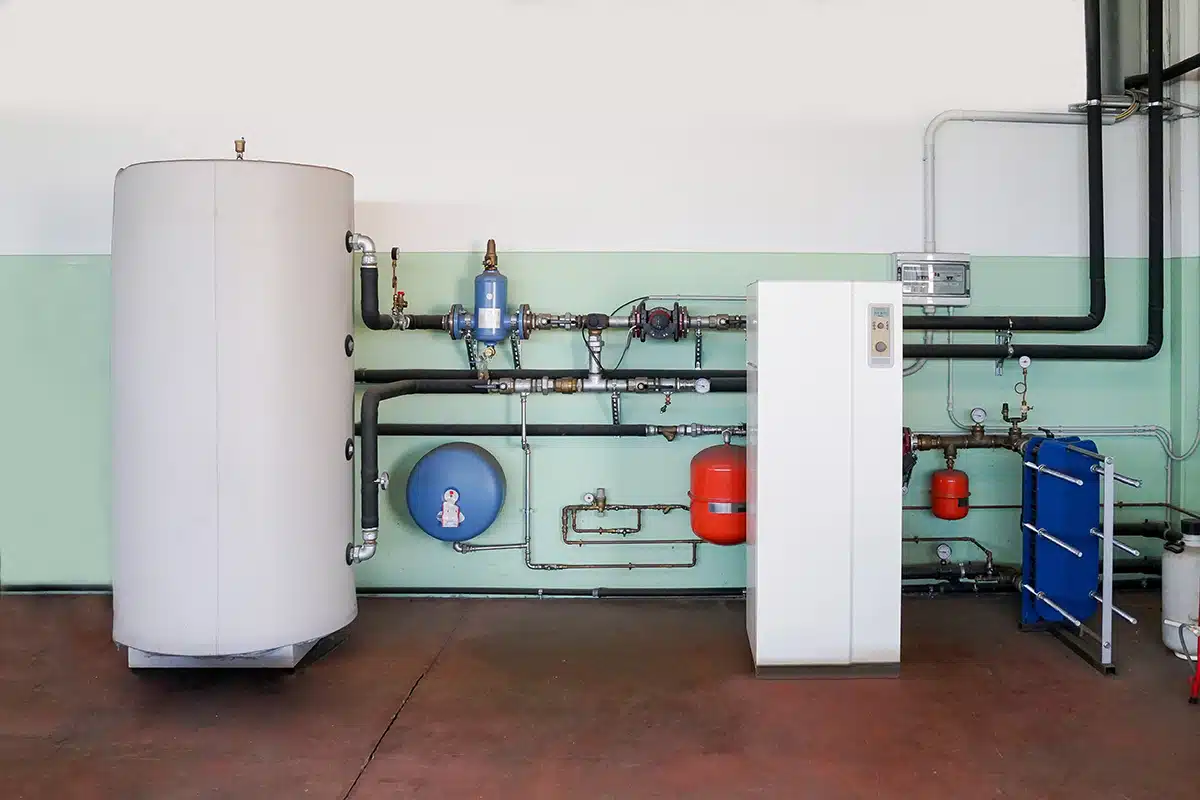
Electrification
An energy-conserving trend in recent years has been the electrification of space heating and hot water systems, as these two systems represent about one-third of the total energy consumed by commercial buildings. Besides heat pumps, other technologies include electric boilers for hot water and heat pump-based hot water systems.
Eco-Friendly Refrigerants
Regulations for more eco-friendly refrigerants that would reduce greenhouse gas emissions were set to take effect in 2025, but the Department of Energy postponed their implementation. Facility managers should pay close attention to this regulatory situation. Also, be aware that HVAC experts warn that these new refrigerants have different characteristics than current products, including greater flammability. Businesses adopting the new refrigerants will need to be sure that their maintenance staff has been trained to install the equipment safely.
Indoor Air Quality and Health-Focused HVAC
Maintaining high indoor air quality promotes a healthier environment for occupants, reduces the risk of health conditions like sick building syndrome, and even enhances productivity. Here are some ways technology can help.
Advanced Filtration
Advanced air filtration technologies such as UV light filtration and multistage filtration processes gained popularity during the pandemic. These systems can remove pollutants, pathogens, and particulates from the air more efficiently than ever. In addition, UV light can be used to sterilize areas where mold easily breeds, such as cooling coils and air ducts.
Air Quality Monitoring
Indoor air quality monitors measure pollutants such as particulate matter, volatile organic compounds, and formaldehyde on a room-to-room basis. They can help determine if ventilation needs to be increased, air purifiers activated, or humidifiers turned off.
Smart Ventilation and Humidity Control
These HVAC technology systems use sensors and automated controls to monitor and dynamically adjust air humidity and ventilation. Exhaust fans or energy recovery ventilation systems, which exchange the energy contained in normally exhausted air to treat incoming outdoor air, can be helpful in high-humidity locales.
Responsive and Remote Operations
From AI-enhanced monitoring and predictive maintenance to advanced filtration and ventilation technologies, recent HVAC innovations are setting new standards in building health, efficiency, and environmental control. These and other smart HVAC technologies are leading the way to the future of HVAC systems. It’s a future in which facilities managers will be able to adjust their HVAC systems on a dime, without having to leave their offices.
For example, AI-powered direct digital controls allow the system to be monitored and controlled via a remote user interface which receives data from sensors and thermostats that measure temperature and humidity levels. Facility managers can monitor performance, detect potential heating or cooling issues early, and make adjustments remotely—long before these issues impact the comfort of building occupants. Automated systems may even be able to self-diagnose problems, allowing issues to be addressed promptly.

Even the HVAC control interface is changing. Many HVAC systems can now comprehend and carry out text-based and voice-activated commands. Voice assistants or mobile applications can be used by technicians to communicate with HVAC systems, making it easier and more convenient to change temperature settings, modify airflow, or keep track of energy usage. And natural language software, trained on tech support calls and other technical material, uses machine learning to help technicians solve complex problems.
Safer HVAC Maintenance
Advances in HVAC technology aren’t just increasing efficiency and enabling more precise control, they’re also making the workplace safer for HVAC technicians. Several new developments are making an impact on safety. These include:
- Virtual reality training.
- Automated lockout/tagout (LOTO) systems to ensure equipment is properly de-energized before work begins.
- The use of drones for inspections in dangerous areas such as high rooftops or confined spaces.
- Robotic arms and autonomous machines that can take over repetitive or potentially risky tasks such as tightening belts or greasing bearings.
Futureproofing Through HVAC Technology
The last 50 years have seen huge advances in HVAC technology, and these developments show no signs of slowing down. Here are a few emerging technologies that facilities managers can expect to see more of within the next few years.
Scalable Modular Systems
The use of modular HVAC systems is expected to grow in coming years. Because they are prefabricated, installation is often faster and simpler compared to traditional large-unit HVAC systems. These systems can also be customized to fit exact space requirements by adding or removing units as needed, making them highly cost-effective.
Innovative Materials
Researchers have found that polymer-based membranes (called polyimides) use less energy to dry air and are experimenting with this organic material to improve its dehumidification efficiency for HVAC use. Other new materials have the potential to significantly improve HVAC output. For example, aluminum oxide nanofluids can enhance heat transfer and improve air conditioner system performance by approximately 22 percent. These nanofluids could make it possible for facilities managers to improve HVAC performance without expensive system upgrades or replacements.
Cybersecurity for HVAC Technology
As in so many other situations, the increased use of connected devices has led to increased cybersecurity threats that exploit vulnerabilities in commercial HVAC systems. Cyberattacks on HVAC systems pose multifaceted risks to commercial buildings. These risks include unauthorized tampering with temperature and ventilation controls, disruption of critical HVAC functions, exposure of sensitive data, and in extreme cases, the compromise of entire building automation systems.
To prevent these attacks, HVAC systems under development today incorporate multiple cybersecurity technologies to restrict access to authorized personnel. These technologies include robust access control mechanisms such as multifactor authentication, role-based access controls, and secure user management systems.
HVAC Technology for Today and Tomorrow
HVAC technology has come a long way since Willis Carrier patented his “apparatus for treating air” in 1906. Today’s HVAC systems are far more efficient, responsive, and complex than their ancestors. Recent advances in technology have revolutionized commercial HVAC systems and will undoubtedly lead to even more innovations in the years to come.
